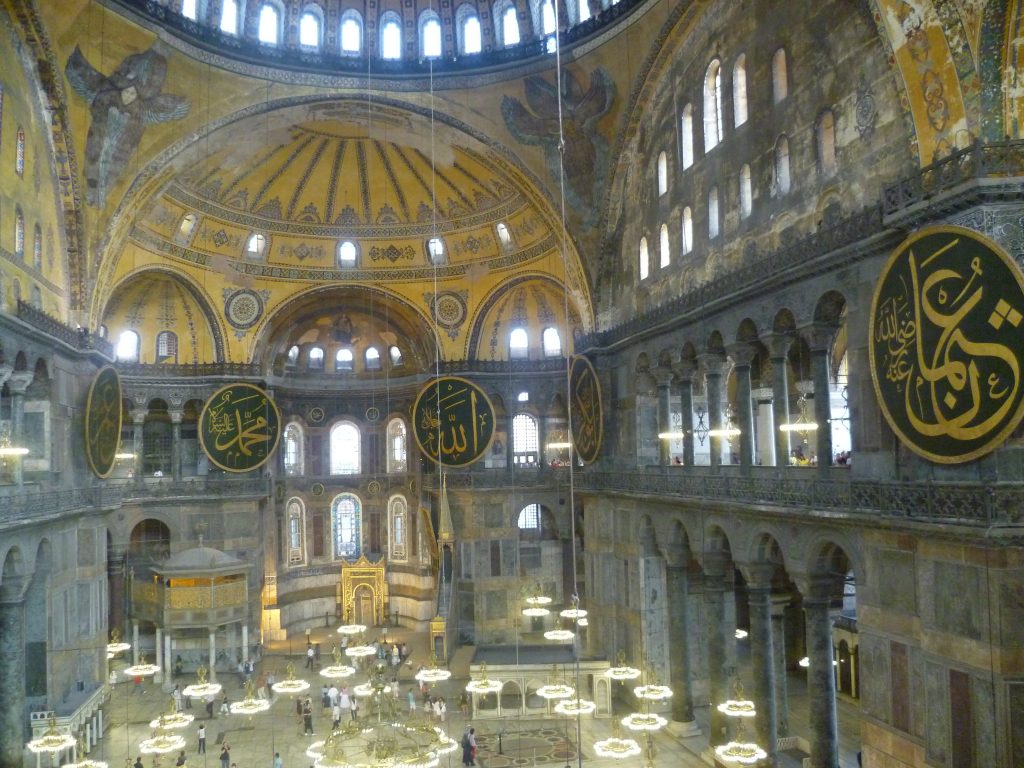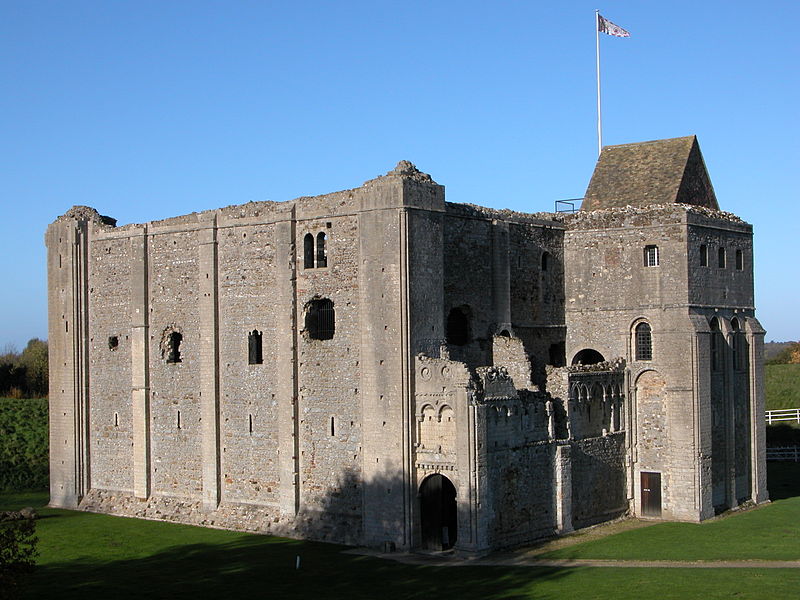8 Architecture Styles to Spot on Your European Tour
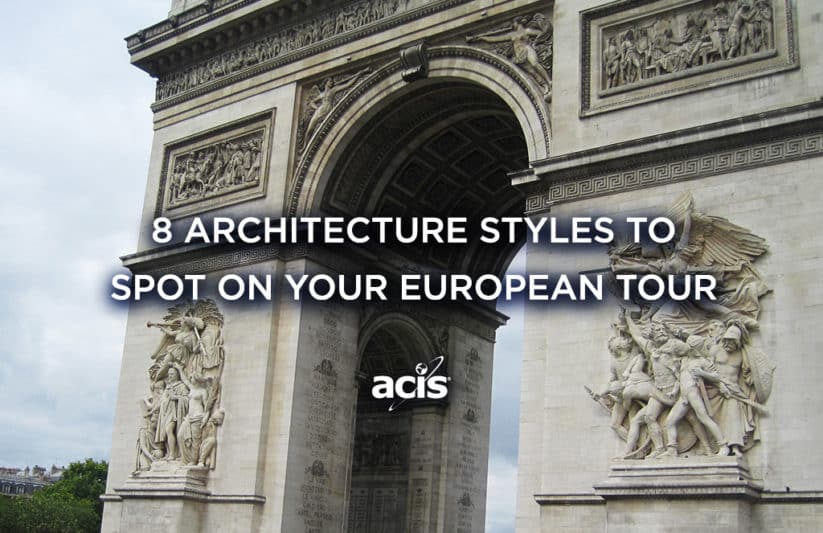
One of the beauties of traveling through Europe is seeing the great layers of history in the form of buildings and public spaces. It can be a challenge, though, to find your place in time with the wide range of decorative flourishes.
Impress your traveling companions on tour by learning key elements of 8 European architectural styles! This is by no means a comprehensive list, so consider it as a jumping off point for pursuing additional research. Plus your Tour Manager will provide you with plenty more background.
1. Greek and Roman Classics
Approximate Time Period (Ancient Greeks): 900 BC-1st Century AD
Approximate Time Period (Ancient Roman): 590 BC – 4th Century AD
The Ancient Greeks and Romans developed architectural innovations still used to this day and throughout our list of architectural styles, you’ll see their influence come back time and time again.
Characteristics:
- Stone posts and beams, with columns bearing the weight
- An emphasis on symmetry and geometry
- Romans were more likely to use arches and intricate decorative flourishes on their columns. The Greeks favored the much simpler Doric column.
Famous Examples: The Colosseum, the Parthenon, the Pantheon, the Agora
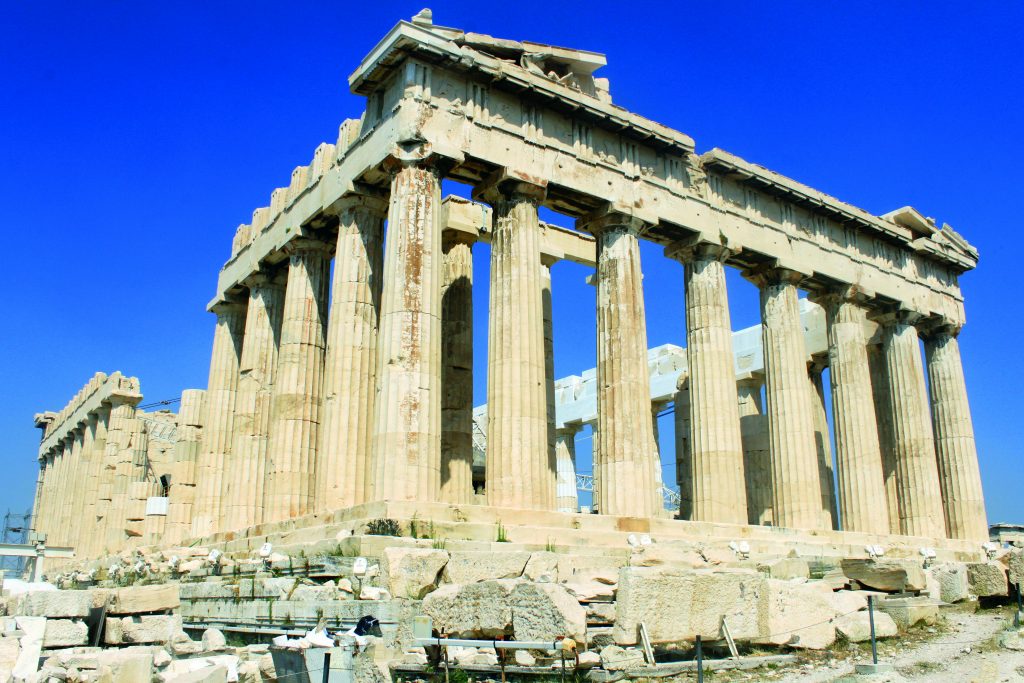

2. Byzantine
Approximate Time Period: 4th Century CE – Fall of Byzantine Empire (1453)
Originating in the Imperial capital of Constantinople, Byzantine archticture had influences from both East and West. Roman traditions, such as arches and columns, were used as a base and then expanded upon, most notably in support of immense dome ceilings.
Characteristics:
- Continued use of Roman arches and columns
- Domed ceilings and basilica structures
- Emphasis on the interior decoration over the exterior – Decorative tile mosaics and gold detailing are two very common features
Famous Examples: Hagia Sophia, St. Mark’s Cathedral in Venice
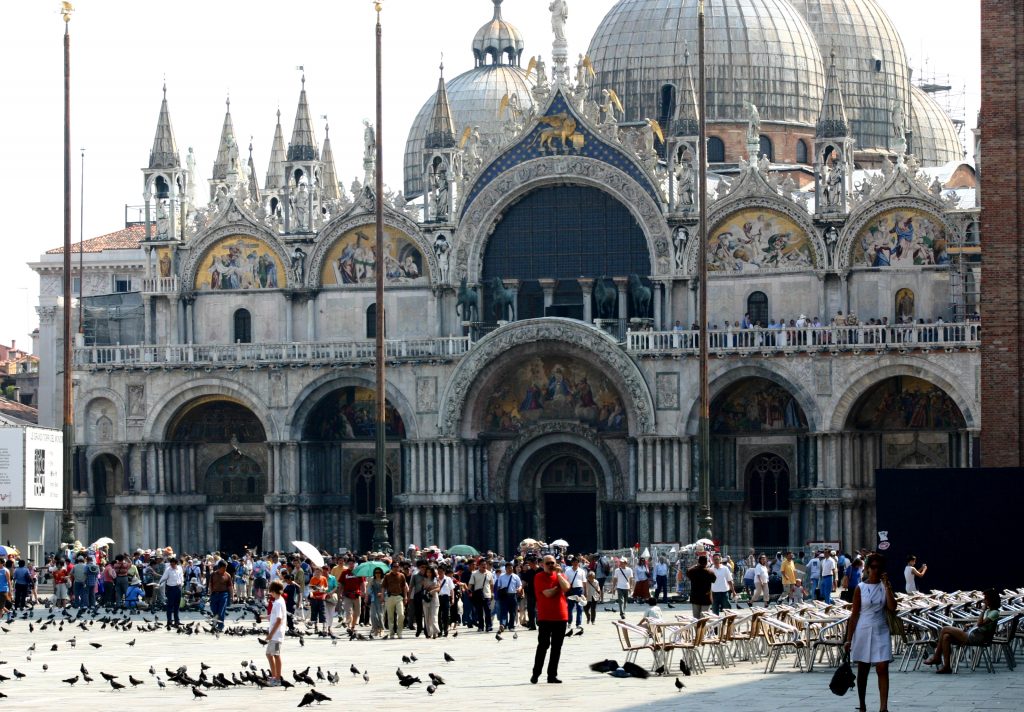
3. Romanesque
Approximate Time Period: 6th-11th centuries CE
The stone castles and monasteries of Medieval Europe (and Monty Python) represent the Romanesque style. The massive walls and narrow windows were developed in a time of constant warfare, so decorations were often sparse: Survival was the ultimate objective.
Characteristics:
- Fortified walls
- Rounded arch windows with narrow openings, often in repeating rows
- Flat buttresses
- Wooden roofs
Famous Examples: Basilica of St. Francis of Assisi, Castle Rising, Conisbrough Castle, Cluny Abbey

4. Gothic
Approximate Time Period: 12th century CE – 16th century CE
The Gothic Style followed right on the heels of the Romanesque in the 12th century CE, and they share many similarities, including stone walls and arched windows. Gothic style, however, is more intricate and buildings feature an irregular profile. Want to be able to tell the difference? Look for pointed arches in the Gothic style and round for Romanesque.
Characteristics:
- Pointed arches
- Ribbed vault ceilings
- Flying buttresses
- Stained glass (Rose window)
Famous Examples: Notre Dame de Paris, Reims Cathedral, Salisbury Cathedral

5. Renaissance
Approximate Time Period: 14th century CE – 16th Century CE
Just as Renaissance artists turned to classical Greek and Roman history for painted inspiration, the era’s architects brought back antiquity in their building projects. The complex proportions of Gothic buildings were scrapped in favor of simple, clean lines. Look for symmetry on a vertical axis – You can split it down the center and left mirrors right!
Characteristics:
- Bringing back the Roman and Greek columns, domes, semi circle arches, tunnels
- Basic design elements of order and proportion
- Windows in pairs
Famous Examples: Palazzo Farnese, Dome of St. Peter’s Basilica
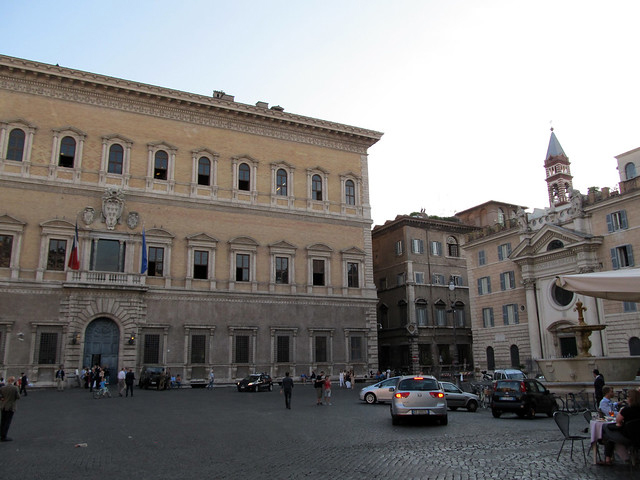
6. Tudor
Approximate Time Period: 1500-1560 CE
This is the final architectural style from the European Medieval period. It is particularly associated with England, as the style prospered during the Tudor dynasty, and the cottages and castles of the period are instantly recognizable.
Characteristics:
For the wealthy – Brick and stone masonry, large glass windows, tall brick chimneys, gilt detailing, elaborate doorways
For the common folk – Steeply pitched roof with slate thatching, timber beams, diamond shaped panes in the windows
Famous Examples: Hampton Court Palace (home of Henry VIII!), Anne Hathaway’s home in Stratford-Upon-Avon


7. Baroque
Approximate Time Period: late 16th Century CE – late 18th Century CE
Decoration, decoration, decoration! The Baroque style was all about showcasing finer details, a push away from the simplicity of Renaissance buildings and, politically, from the plain-tastes of the Protestant reformation.
Characteristics:
- Elaborate ornamentation
- Curving forms and oval windows
- Contrast in lighting
- Twisting elements
- Gilded statues
Famous Examples: Palace of Versailles, Les Invalides, Plaza Mayor of Madrid, Trevi Fountain


8. Neoclassical
Approximate Time Period: Mid 18th century CE – Early 20th century
If Baroque was all about intricate grandeur, Neoclassical sought grandeur on the ancient scale. Flat faced symmetrical buildings with Roman columns and arches symbolize the style, with some decoration but little enough to preserve clean lines.
Characteristics:
- Large blank walls of stone
- Classical lines
- Free standing columns
- Symmetrical
Famous Examples: Arc de Triomphe, Altes Museum, The Lincoln Memorial
